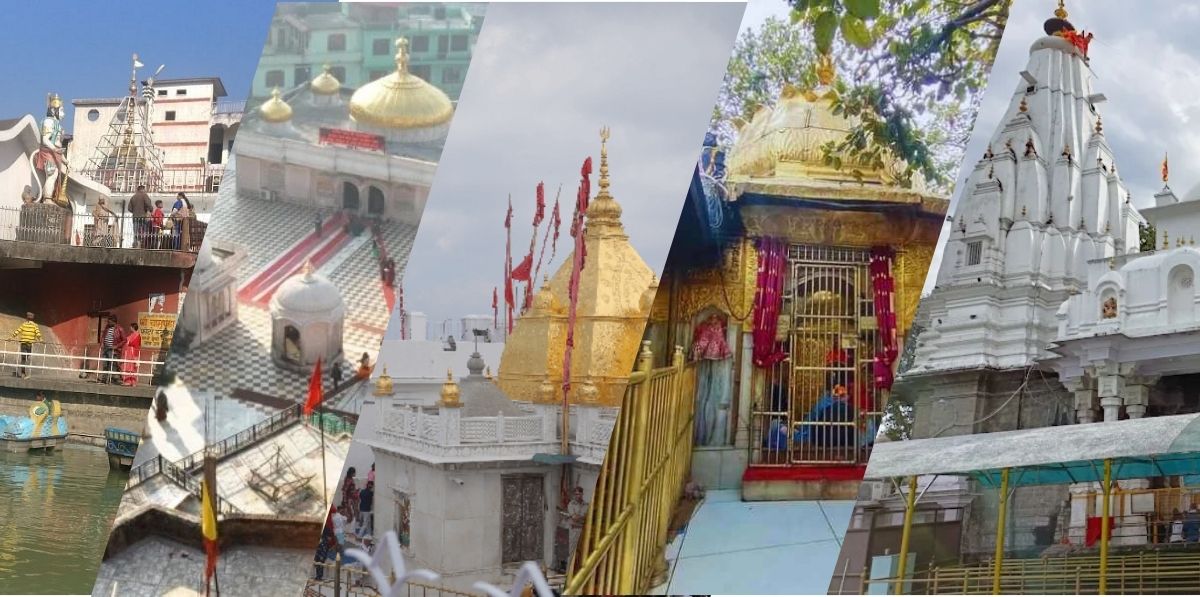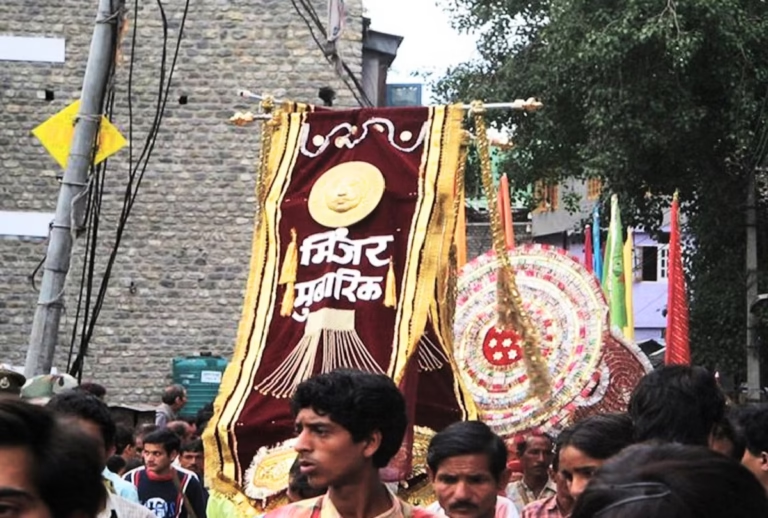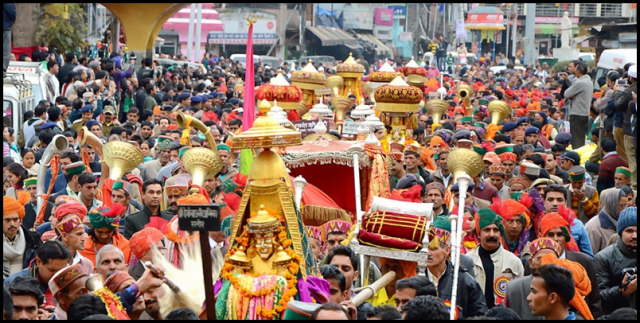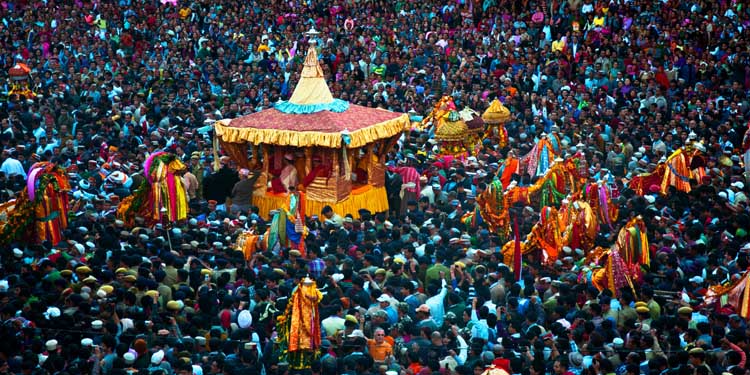Himachal Pradesh, often referred to as “Dev Bhoomi” or the land of gods, is home to some of the most revered spiritual destinations in India. Among its many sacred sites, the Shakti Peethas hold a special place in Hindu mythology and devotion. These are the places where parts of the goddess Sati are believed to have fallen when her grief-stricken consort, Lord Shiva, carried her charred body across the universe. Scattered across the Indian subcontinent, each of the 51 Shakti Peethas is a center of immense spiritual power and significance.
The legend of the Shakti Peethas finds its roots in the tragic story of Sati, the daughter of King Daksha and the first consort of Lord Shiva. When King Daksha organized a grand yajna (sacrificial ritual), he deliberately did not invite Shiva, considering him unworthy. Sati, deeply hurt by the insult to her husband, immolated herself in the yajna fire. Consumed by sorrow and rage, Shiva carried her burning body and performed the Tandava, the dance of destruction. To save the world from this devastation, Lord Vishnu used his Sudarshan Chakra to dismember Sati’s body. The pieces fell at various places, which became the sacred Shakti Peethas.
Prominent Shakti Peethas in Himachal Pradesh
Himachal Pradesh, nestled in the lap of the Himalayas, houses a number of prominent Shakti Peethas. These shrines are not only spiritual centers but also represent the cultural and mythological richness of the region.
1. Jwalamukhi Temple (Jwala Ji), Kangra
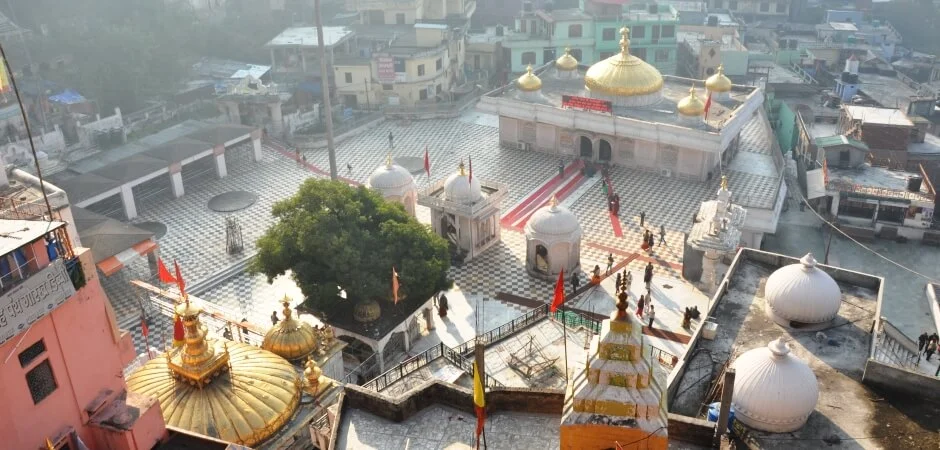
One of the most revered Shakti Peethas in India, the Jwalamukhi Temple is dedicated to the goddess Jwala, the deity of eternal flame. It is believed that the tongue of Sati fell at this site. Unique in its form, the temple does not have an idol; instead, natural flames emanate from fissures in the rock, which are considered manifestations of the goddess herself. These flames have been burning continuously for centuries, defying scientific explanation and strengthening faith in divine presence.
2. Brajeshwari Devi Temple, Kangra

Located in the ancient town of Nagarkot (now Kangra), the Brajeshwari Devi Temple is believed to be the site where Sati’s breasts fell. This temple was once renowned for its immense wealth and grandeur. Though it has faced destruction several times due to invasions and earthquakes, the temple continues to be a stronghold of faith and devotion. The temple complex buzzes with activity, especially during Makar Sankranti, when a grand fair is organized in honor of the goddess.
3. Chintpurni Temple, Una
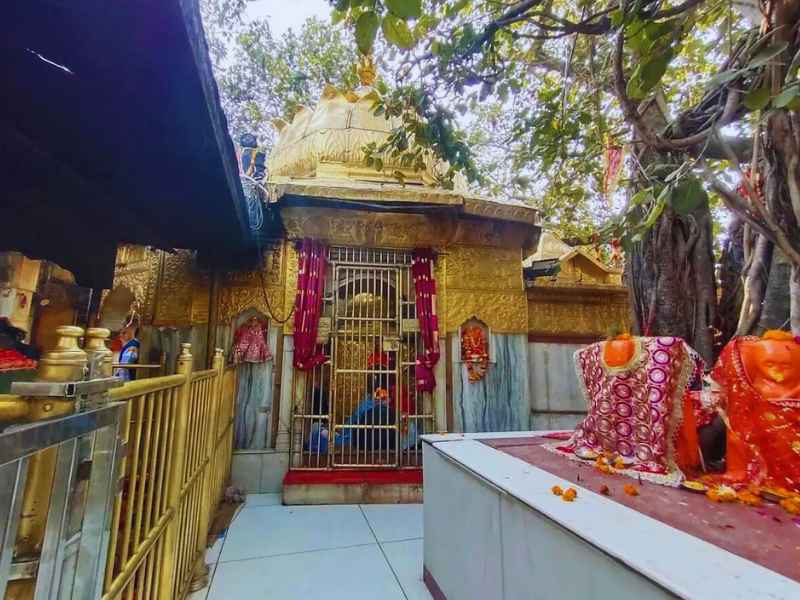
The Chintpurni Temple is situated in the Una district of Himachal Pradesh and is associated with the fall of Sati’s feet or forehead, according to different beliefs. The goddess here is worshipped as Chhinnamastika Devi, one of the ten Mahavidyas of Hindu tradition. The name “Chintpurni” translates to “remover of worries”, and devotees throng the temple seeking relief from personal and familial troubles. The serene surroundings and the spiritual vibrations of the temple make it an ideal spot for introspection and prayer.
4. Naina Devi Temple, Bilaspur
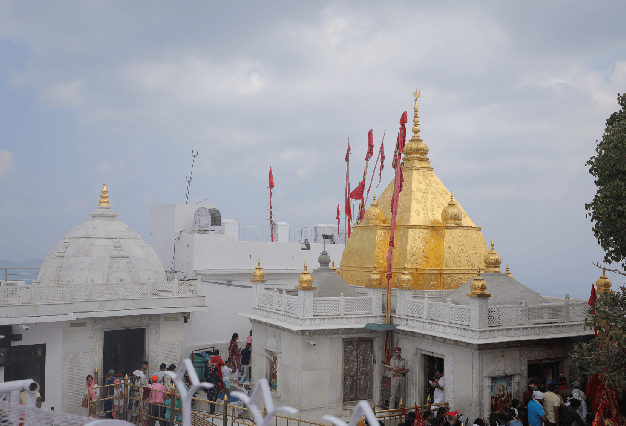
Perched atop a hill overlooking the Gobind Sagar Lake, the Naina Devi Temple is believed to be the spot where the eyes of Sati fell. The temple is accessible via a cable car, stairs, or road, and offers breathtaking views of the surroundings. Naina Devi is venerated as the all-seeing mother who watches over her devotees and guides them through life’s challenges. The temple witnesses large footfall during the Navratri festivals and attracts pilgrims from Punjab, Haryana, and other northern states.
5. Chamunda Devi Temple
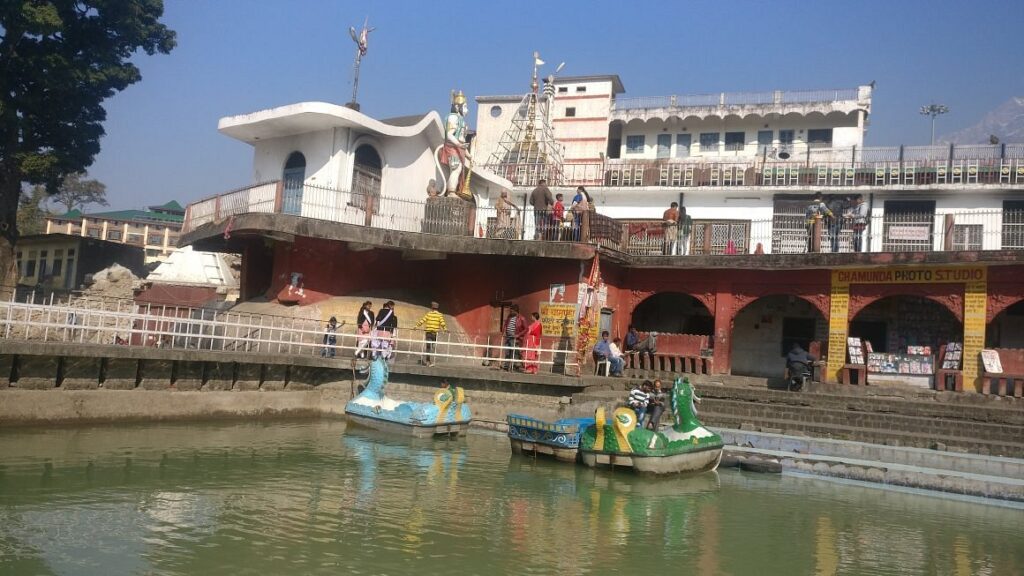
Nestled in Kangra district, 19 km from Palampur, Chamunda Devi Temple is a prominent Shakti Peeth dedicated to Goddess Chamunda, a fierce form of Durga. Believed to be where Sati’s hair fell, the temple houses a pindi and attracts devotees for its serene yet powerful ambiance. Rebuilt after a 1905 earthquake, it’s accessible from Kangra (15 km) or Gaggal Airport (25 km). The temple’s location by the Baner River and its ongoing renovations enhance its appeal, with visitors noting its positive energy and organized facilities.
Cultural and Religious Significance
The Shakti Peethas of Himachal Pradesh are more than just pilgrimage sites. They are symbols of feminine strength, resilience, and divinity. Every year, thousands of pilgrims undertake journeys to these temples, especially during Navratri, to seek blessings and pay homage to the goddess. Local fairs, traditional music and dance, and rituals surrounding these temples contribute to the vibrant cultural tapestry of the state.

